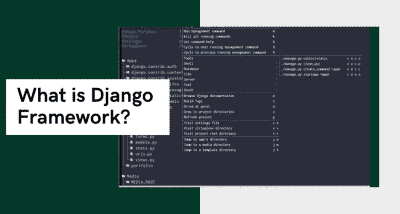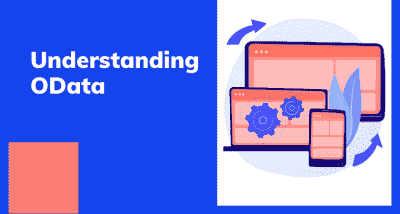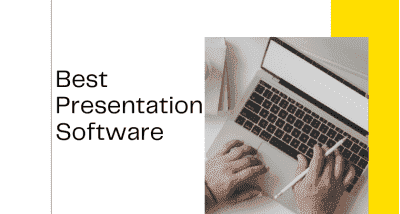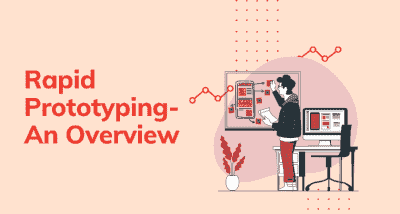Fundamentals of C Programming
- Swetha Y
- Sep 20, 2019
- 0 comment(s)
- 2739 Views

What is C Programming?
C is a high level and general-purpose programming language that is ideal for developing firmware or portable applications.
Who developed C programming language?
C Programming language was developed by Dennis Ritchie at Bell laboratories of AT & T (American Telephone & Telegraph), located in the USA in the year 1972.
A History of Computer Programming Languages
In 1949, many years after Von Neumann’s work, the language Short Code appeared. It absolutely was the primary programming language for electronic devices and it needed the applied scientist to change its statements into 0’s and 1’s by hand. Still, it absolutely was the primary step towards the complicated languages of these days. In 1951, Grace Hopper wrote the primary compiler. A compiler may be a program that turns the language’s statements into 0’s and 1’s for a better understanding of the computer.
In 1957, FORTRAN appeared as the first major programming language. Its name stands for FORmula TRANslating system. It was designed at IBM for scientific computing. Simple components provided the programmer with low-level access to the innards of the computer. Today, this language would be thought-about restrictive because it solely enclosed IF, DO, and GOTO statements, however at the time, these commands were a great first step.
The essential verities of Knowledge days began in FORTRAN,these enclosed logical variables (TRUE or FALSE), and number, real, and double-precision numbers.
FORTRAN was sensible at handling numbers though, but it had not been sensible at handling input and output, that mattered most to business computing. Business computing began to pop out in 1959, COBOL programming language was developed. It had been designed from the bottom up. Numbers and strings of text were the only data-types. It additionally allowed for these to be categorised into arrays and records, in order that the information can be tracked and arranged. COBOL program was built in a way that is same as an essay, with 4 or 5 major sections that build into a distinguished whole. COBOL statements have English-like descriptive linguistics, making it easy to learn. All of those options were designed to create it easier for the typical business to find out and adopt it.
In the year 1958, the Algol language was created by a committee for scientific use. Its major contribution is being the basics to languages as Pascal, C, C++, and Java. It was the first language with a former grammar called Backus-Naar Form or BNF. (McGraw-Hill cyclopaedia of Science and Technology, 454). Although Algol enforced some novel ideas, like the recursive calling of functions, consequent version of the language, Algol 68, became troublesome to use (www.byte.com). This resulted in the adoption of smaller and additional compact languages, like Pascal.
Pascal was begun in 1968 by Niklaus Wirth. Its development was essential for a decent teaching tool. When the language was developed, initially, language designers had no hopes for it to relish widespread adoption. Instead, they focused on developing smart tools for teaching like debugger, editing system and support for Microprocessor machines that were in use in teaching platform.
In Pascal language, Pascal dynamic variables were created while a program was being run, through the NEW and DISPOSE commands. Implementation of dynamic arrays or groups of variables failed, which proved to be needed and led to its downfall (Bergin, 101-102). Wirth later created a successor to Pascal called Modula-2, but by the time it appeared, C was gaining popularity and users at a rapid pace.
Advantages of C Programming
· C is a structured programming language.
· It is a high-level language because it allows the programmer to solve a problem without worrying about machine details.
· Helps us to develop efficient programs.
· C is machine-independent.
· C program can be executed on many different hardware platforms.
What will you learn?
· Basic ideas of data-types, variables, operators and expressions?
· How these ideas fit together with control structures?
· How C organizes information in Arrays and Strings?
· Memory management techniques using pointers.
· User-defined data-types like structures and unions.
· Basics concepts of File I/O.
Conclusion
C programming influences many other programming languages. Most of the programming languages popular today are either direct descendants of C or heavenly influenced by C. Hence, C Programming is a great first step if you are a new programmer.














